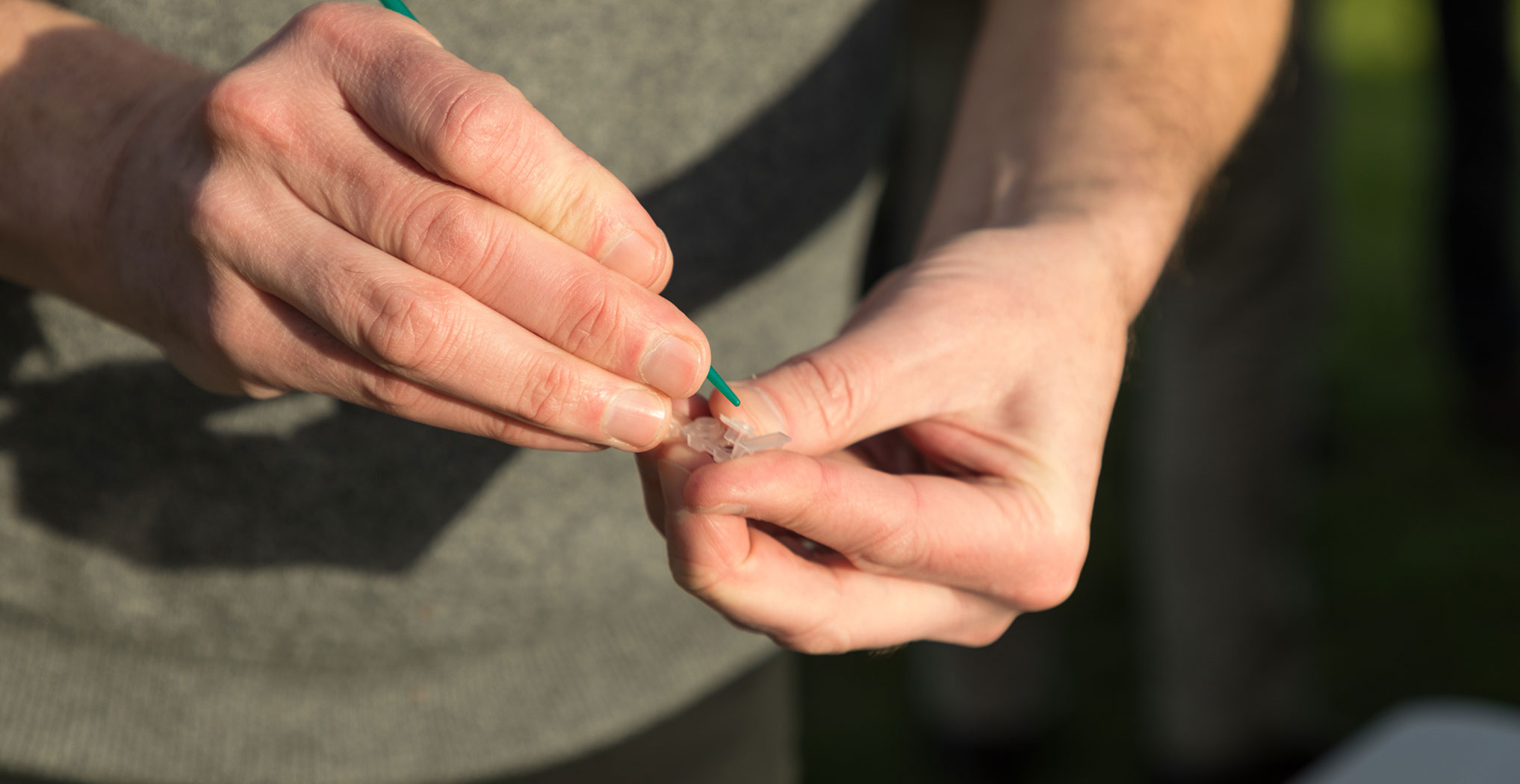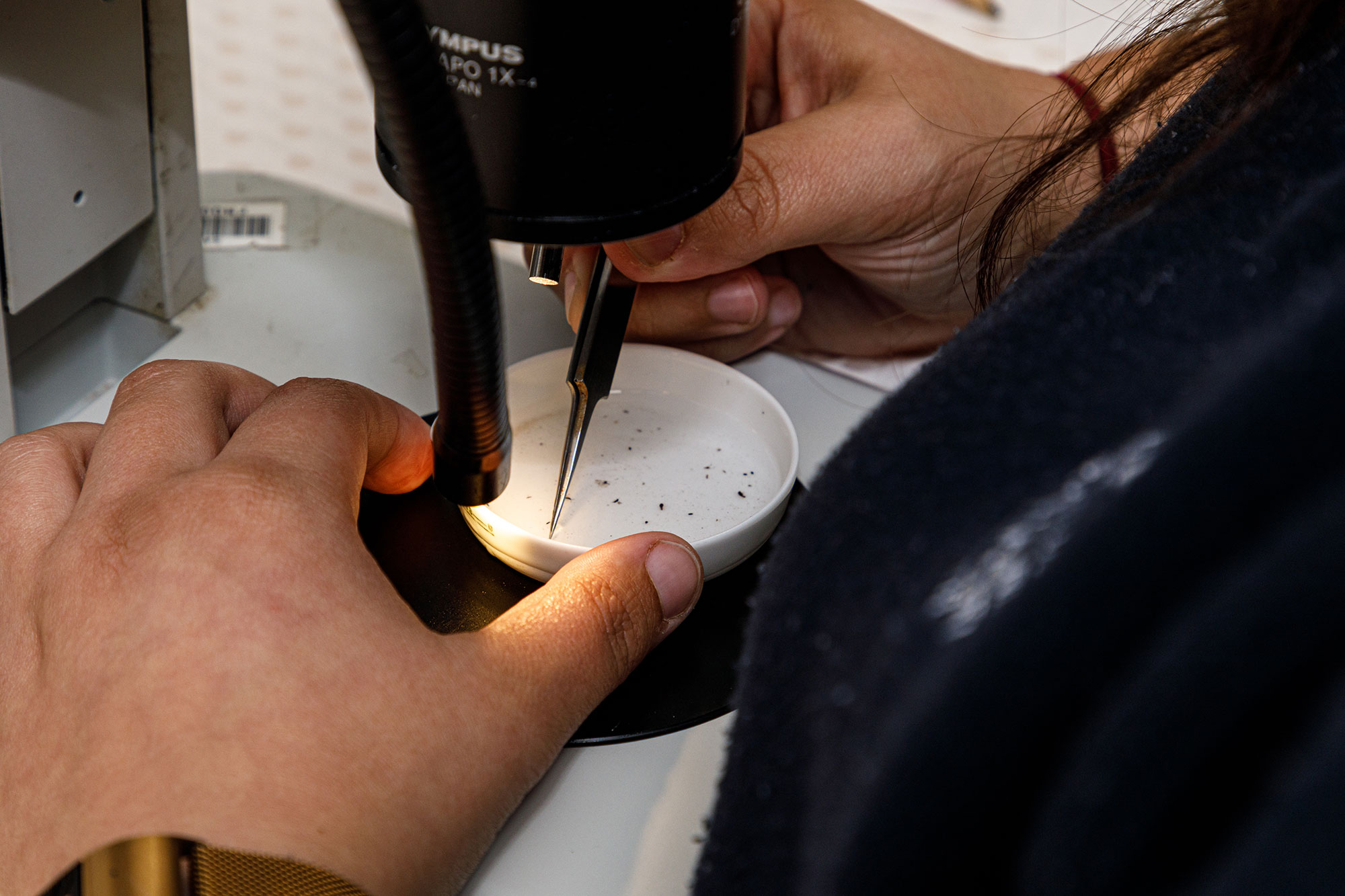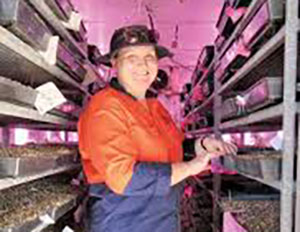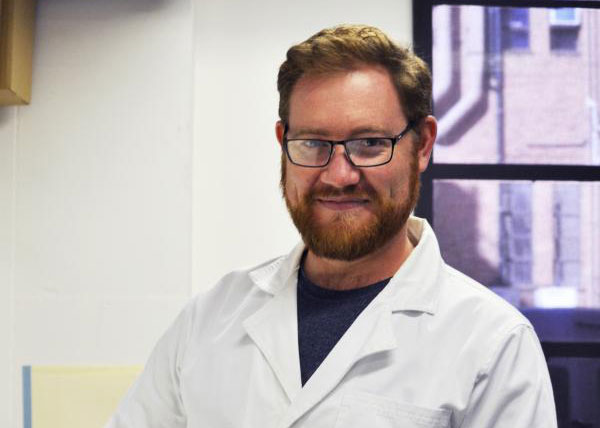Pest and disease diagnostics
Advanced diagnostic techniques are being explored for priority targets across Australia’s plant industries, including exotic pests and pathogens, aiming to deliver fast, reliable and cost-effective ways to identify pests and report to industry in a timely fashion.
Surveillance trap samples captured by the surveillance network will be analysed using morphological identification and advanced molecular diagnostic tools to rapidly detect and quantify high-priority pests and diseases.

SARDI Entomologists will identify priority pests captured by the Sentinels using traditional morphological techniques. The Molecular Diagnostics Centre identify and quantify high priority fungal pathogens captured by the Sentinels’ high volume air samplers. The data from these analyses will be shared through the current trial pages on this website.
Agriculture Victoria are developing cutting edge diagnostic capability using Next Generation Sequencing (NGS). NGS technologies can be used for the detection of known pests and diseases as well as a tool to detect “unknowns”, which will be particularly useful in mixed population samples captured by the Sentinels. This research will establish an NGS pipeline (samples collected in-field through to analysis) that will be made available to industry, as well as state and federal governments, on a fee-for-service basis that is affordable.

Sugar Research Australia (SRA) will improve molecular diagnostics for a range of diseases and exotic pests that pose an ongoing threat to sustainable sugar production in Australia. Control methods for these threats rely on accurate and timely identification of the pest or disease. There are many pests and diseases on the Emergency Plant Pest list for sugarcane which do not have adequate diagnostics – either having outdated diagnostic methods, limited information on species distribution, or no methods in place. This research will modernise current diagnostics for sugarcane pathogens; explore and prepare a NGS toolkit for new disease threats; and update molecular and morphological diagnostics for exotic moth borer threats, including species delimitation analyses and mapping geographic distribution.

The University of Queensland (UQ) are preparing the Australian cotton industry for the arrival of a number of its key exotic insect pest species (high priority pests, or HPPs) through contingency planning. An eradication plan will be prepared for the arrival of the boll weevil (Anthonomus grandis), a particularly damaging pest of cotton in the Americas. The project will also explore the application of NGS for assessing the gut contents of pests to better understand host plant feeding for priority pests.





